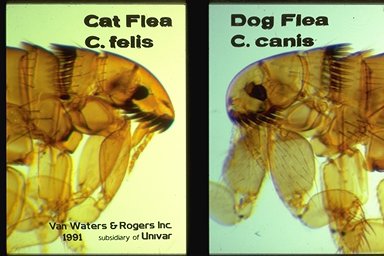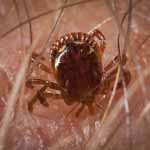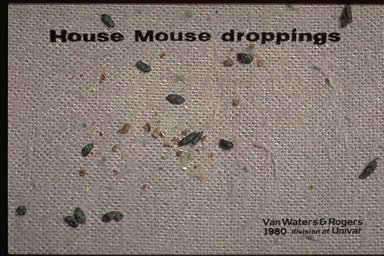Fleas and history. I love history and this is one I don’t want to see us repeat. 2/3 of Europe was extinguished in the blink of an eye and the Justinian Plague wiped out 1/2 of the known world at the time. It is often called the Black death as people would develop bubo or these black looking bumps on the skin, often in areas of the lymph nodes within our bodies. Humans usually contract the plague after being bitten by a rodent flea that is carrying the bubonic plague bacterium or by handling an animal infected with plague, according to the US Centers for Disease Control and Prevention (CDC). To prevent the disease from spreading to humans, ADHS warns visitors and residents not to allow pets to roam freely, as well as treating them with flea-prevention medications; to avoid contact with sick or dead animals and to stay away from rodent burrows; to wear insect repellents to keep fleas away when hiking or working in areas where plague might be active; and to wear rubber gloves when skinning and cleaning game animals.
I also had no idea but there are about 2000 cases of bubonic plague reported yearly. Scary!
Animals, such as rodents, squirrels, pack rats, prairie dogs, mice, chipmunks, voles, and rabbits can be affected by plague. Wild carnivores can become infected by eating other infected animals. Symptoms may include fever, chills, weakness and muscle pain. I’ve heard of cases in the 4 Corner region of Arizona, Colorado, Utah and New Mexico but New York City rats have also been tested in the past with no reports yet of the bacterium. Did you know that they believe there are over 8 million rats in NYC, wow.
Dr. Bug suggest the best way to protect ourselves from these potential infections is to keep the rat population under control. Removing food, water and shelter are key to eliminating rodent infestations. Keep them out, if you see one there are probably more. Fix holes and prevent access and door guards are essential.

fleas Photo by Univar










